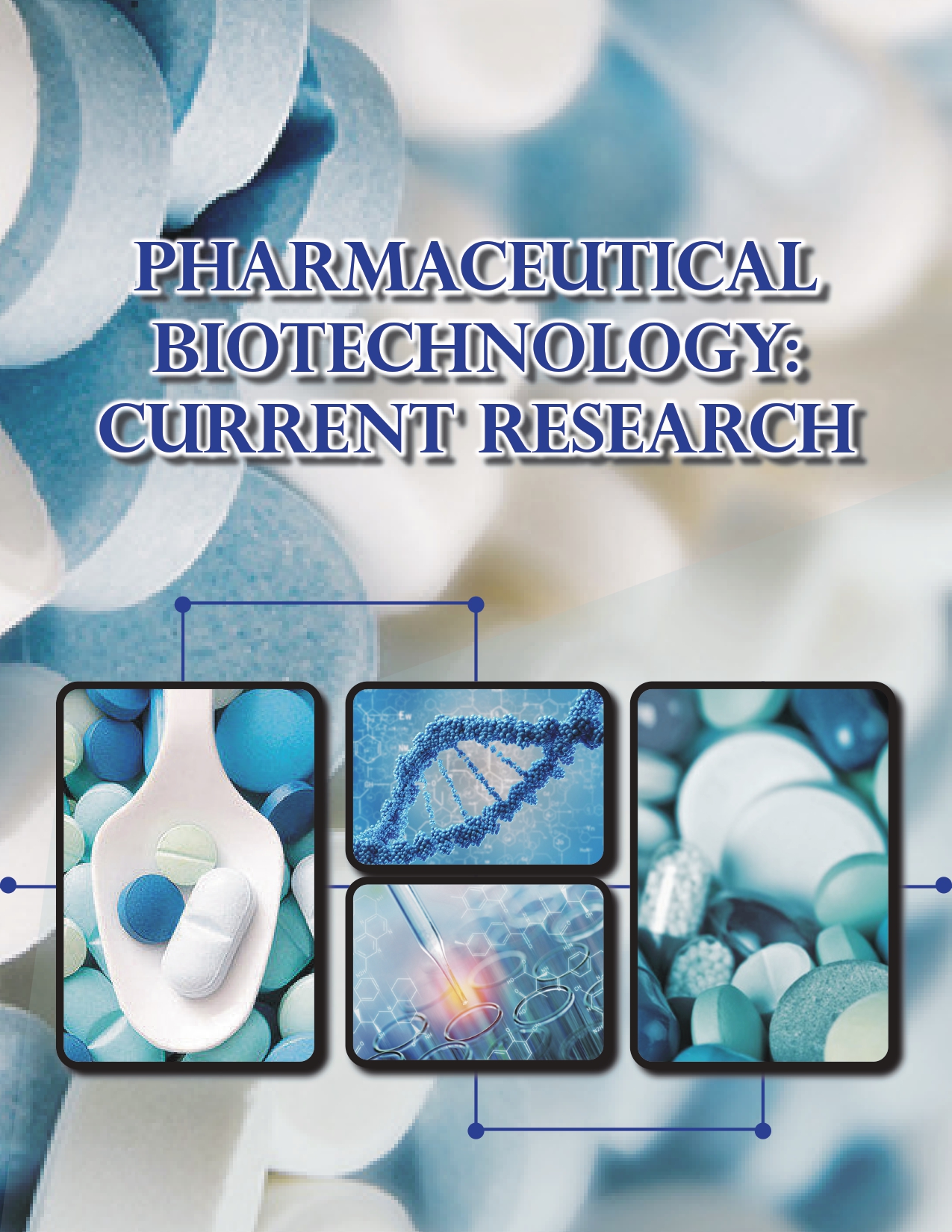A Short Note on Drug Design
Hans Harry*
Department of Cardiology, Harvard Medical School, Boston, USA
Received Date: November 1, 2021; Accepted Date: November 15, 2021; Published Date: November 22, 2021
Citation: Harry H (2021) A Short Note on Drug Design. Pharm Biotechnol Curr Res Vol.05 No.6:22
Description
The imaginative process of discovering novel pharmaceuticals based on knowledge of a biological target is known as drug design, also known as rational drug design or simply rational design. The drug is usually an organic small molecule that activates or inhibits the action of a biomolecule such a protein, resulting in a therapeutic benefit for the patient. Drug design, at its most basic level, is creating molecules that are complementary in form and charge to the biomolecular target with which they interact and hence bond to it. Computer modeling approaches are used frequently, although not always, in drug design.
Computer-aided drug design is a term used to describe this type of modeling. Finally, structure-based drug design refers to drug development that is based on knowledge of the biomolecular target's three-dimensional structure. Biopharmaceuticals, which include peptides and, in particular, therapeutic antibodies, are becoming a more important class of medications, and computational approaches for boosting the affinity, selectivity, and stability of these protein-based treatments have been created. To some extent, the term "drug design" is a misnomer. Ligand design is a more accurate term (i.e., design of a molecule that will bind tightly to its target).Although design strategies for predicting binding affinity are quite successful, many other qualities, such as bioavailability, metabolic half-life, side effects, and so on, must first be improved before a ligand can be made into a safe and effective medicine. With rational design methodologies, these other traits are typically impossible to predict. Nonetheless, due to high attrition rates, particularly during the clinical phases of drug development, more emphasis is being placed early in the drug design process on selecting candidate drugs with physicochemical properties that are predicted to result in fewer development complications and, as a result, are more likely to lead to a drug that is approved and marketed. In vitro tests, in combination with computational methods, are increasingly being utilised in early drug development to choose molecules with better ADME (absorption, distribution, metabolism, and excretion) and toxicity profiles.
Drug targets a bimolecular target (most typically a protein or a nucleic acid) is a crucial molecule involved in a specific metabolic or signaling pathway that is linked to a certain disease condition or pathology, or to a microbial pathogen's infectivity or survival. Potential therapeutic targets do not have to be disease-causing, but they must be disease-modifying by definition. Small compounds may be tailored to boost or inhibit the target function in a disease-modifying pathway in some situations. Small compounds that are complementary to the binding site of the target will be created (for example, receptor agonists, antagonists, inverse agonists, or modulators; enzyme activators or inhibitors; or ion channel openers or blocks). Because medication interactions with off-target molecules might cause negative side effects, small molecules (drugs) can be designed to not influence any other critical "off-target" molecules (commonly referred to as antitargets). Closely related targets identified through sequence homology have the highest risk of cross reactivity and thus the biggest potential for side effects due to binding site similarities. Medications are most typically organic small molecules made by chemical synthesis, however biopolymer-based drugs (also known as biopharmaceuticals) made through biological processes are becoming more widespread. Furthermore, mRNA-based gene silencing technologies could be used for therapeutic purposes.
Open Access Journals
- Aquaculture & Veterinary Science
- Chemistry & Chemical Sciences
- Clinical Sciences
- Engineering
- General Science
- Genetics & Molecular Biology
- Health Care & Nursing
- Immunology & Microbiology
- Materials Science
- Mathematics & Physics
- Medical Sciences
- Neurology & Psychiatry
- Oncology & Cancer Science
- Pharmaceutical Sciences
